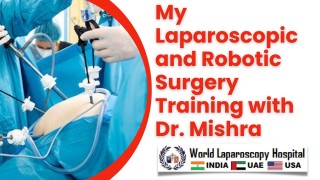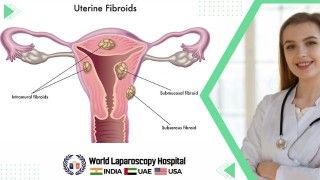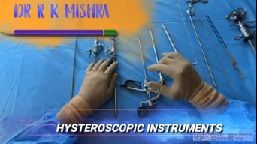Laparoscopic TEP Inguinal Hernia Repair After Prostatectomy: A Minimally Invasive Surgical Approach
Add to
Share
10 views
Report
14 hours ago
Description
Laparoscopic TEP (Totally Extraperitoneal) Inguinal Hernia Repair is one of the most advanced and refined surgical procedures for managing inguinal hernias, especially in patients who have undergone previous prostatectomy. At World Laparoscopy Hospital (WLH), this minimally invasive technique is performed with exceptional precision, combining surgical excellence, advanced technology, and extensive expertise in laparoscopic surgery. Understanding the Challenge Patients who have previously undergone radical prostatectomy often present a unique surgical challenge due to post-operative fibrosis, scarring, and altered pelvic anatomy. Traditional open repair in such cases can be technically demanding and associated with increased postoperative pain and recovery time. The laparoscopic TEP approach, however, allows the surgeon to work in a preperitoneal plane, away from the scarred pelvic cavity, minimizing complications and ensuring faster recovery. The TEP Technique Explained In Totally Extraperitoneal (TEP) repair, the surgeon creates a working space between the abdominal wall and peritoneum without entering the peritoneal cavity. At WLH, the procedure is performed under general anesthesia using three small incisions. A camera provides high-definition visualization, and specialized laparoscopic instruments are used to identify, dissect, and reduce the hernia sac. A lightweight polypropylene or 3D mesh is then carefully placed to cover the myopectineal orifice, reinforcing the entire inguinal region and preventing recurrence. Since the peritoneal cavity is not opened, the risk of internal organ injury and postoperative adhesions is significantly reduced. Advantages of Laparoscopic TEP Repair After Prostatectomy Minimally Invasive: Small incisions mean less pain, minimal scarring, and quicker return to normal activity. Reduced Risk of Complications: The extraperitoneal approach avoids the scarred pelvic cavity from prior prostate surgery. Enhanced Visualization: Advanced laparoscopic imaging at WLH allows precise identification of anatomical structures. Lower Recurrence Rates: Proper mesh placement ensures long-term success and durability of the repair. Day Care Surgery: Most patients can go home within 24 hours of the procedure. World Laparoscopy Hospital – Center of Excellence Under the leadership of Dr. R. K. Mishra, World Laparoscopy Hospital has become a global hub for advanced laparoscopic and robotic surgery. The institution’s state-of-the-art operating theaters, high-definition imaging systems, and dedicated surgical team make it one of the few centers worldwide capable of performing complex post-prostatectomy hernia repairs with consistent success. The hospital also serves as an international training center, where surgeons from over 138 countries learn modern minimally invasive techniques. The blend of education, research, and clinical excellence ensures that each patient receives the highest standard of care. Patient Recovery and Outcomes After laparoscopic TEP hernia repair, patients typically experience minimal postoperative discomfort and can resume light activities within a few days. Follow-up at WLH includes regular assessment to ensure proper healing and long-term success. Conclusion Laparoscopic TEP Inguinal Hernia Repair after prostatectomy represents the pinnacle of minimally invasive surgery—safe, precise, and patient-centered. At World Laparoscopy Hospital, this procedure is performed with unmatched expertise and dedication to surgical excellence. The hospital’s commitment to innovation and compassion continues to make it a trusted destination for patients seeking world-class laparoscopic care.
Similar Videos






